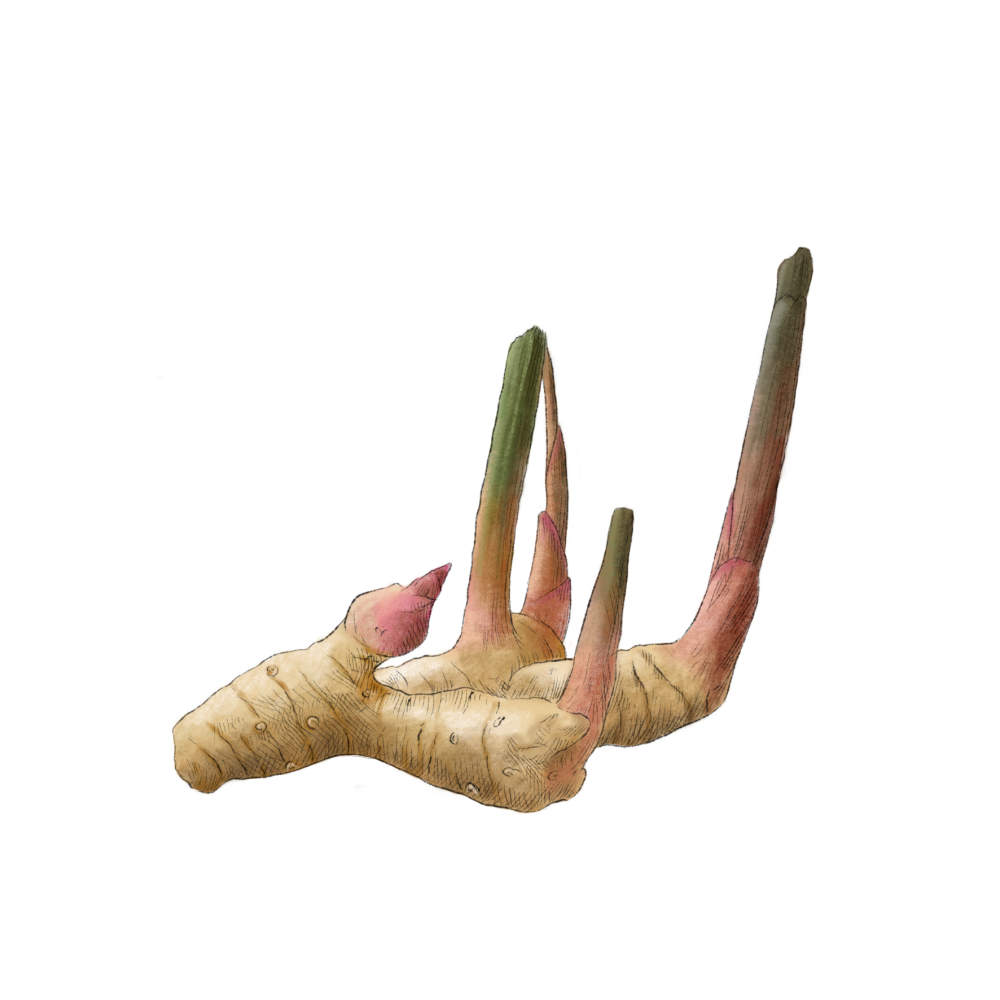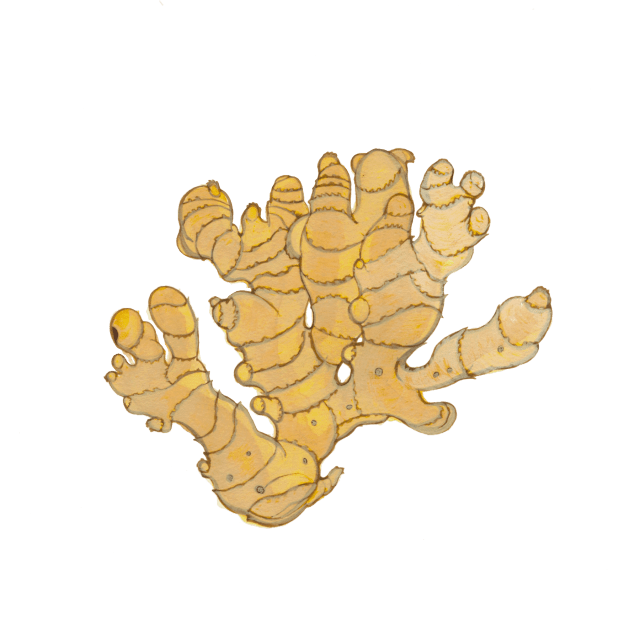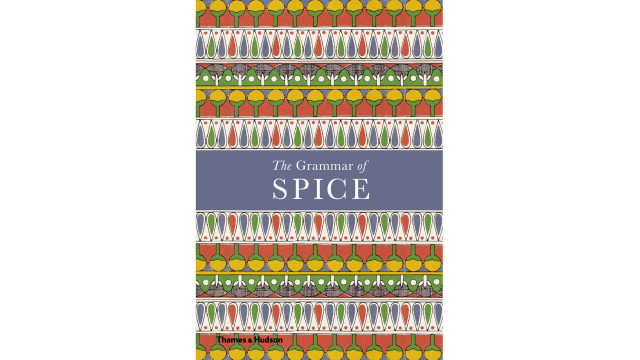Galangal

Latin name: Alpinia galanga, A. officinarum, Boesenbergia rotunda, Kaempferia galanga
Other names: Galanga, blue ginger (specific varieties include greater galangal, lesser galangal, and light galangal)
Uses: Spice, aromatic
What is galangal?
Galangal is a plant related to ginger, cardamom, and turmeric, with a similarly lumpy root that’s used as a spice. There are several different species of galangal, each with unique flavor notes.
Why is galangal healthy?
Galangal is full of antioxidants, particularly polyphenols that can support healthy blood sugar and blood pressure and which may boost memory and cognitive health. Galangin, a chemical found in the root, has been shown to kill several types of cancer cells in laboratory studies. There is additional evidence that compounds in galangal can reduce inflammation, fight infection, and even act as a gentle pain reliever.
What does galangal taste like?
Galangal has a spicy flavor reminiscent of ginger, but with the floral, piney-camphorous components of cardamom. The rhizome can be almost woody — firmer, less juicy, and more fibrous than that of ginger. Lesser galangal (A. offinarum) has a milder, less peppery flavor than greater galangal (A. galanga). The distinct aroma of galangal comes from ethyl cinnamate, which is also found in cinnamon and matsutake mushrooms but has a more balsamic and woody-sweet undertone.
How do I use galangal?
Galangal should be washed and peeled before use, and then it can be sliced or pounded into curry paste.
What does galangal pair well with?
It’s traditionally used in seafood dishes since it masks fishy odors, but its beautiful fragrance has a natural affinity for the full gamut of Southeast Asian curry ingredients like makrut lime, chile, lemongrass, shallot, garlic, and coriander. It also loves tamarind and coconut milk, and it’s particularly adept at enhancing brothy soups (like tom kha) and is a wonderful addition to tempeh dishes and sambals.
The floral spiciness also makes galangal a natural match for desserts. Definitely use it in coconut sticky rice puddings and custards, but also try it as a louder, spicier version of cardamom with peaches and citrus cakes.
Where does galangal grow?
The various galangal species originated in the tropical regions of China and Southeast and South Asia. They are still grown there commercially.
How to buy galangal:
Look for dried (sliced or powdered), frozen, or fresh rhizomes in Asian markets. With fresh galangal, choose firm specimens with unblemished skin and no mold or mushy spots. Refrigerate it wrapped loosely in a paper towel inside a plastic bag for up to three weeks, or stash in a zip-top bag in the freezer.
Fun galangal fact:
Though it’s mostly associated with Southeast Asian cuisine, galangal was a popular spice in medieval Europe, especially as a medicine. It was used by Welsh physicians in the early 13th century, and it’s been used to flavor Eastern European medicinal booze (nalewka or nastoyka) for centuries. Kalganivka — traditional Ukrainian galangal liqueur — is still commercially available today.




